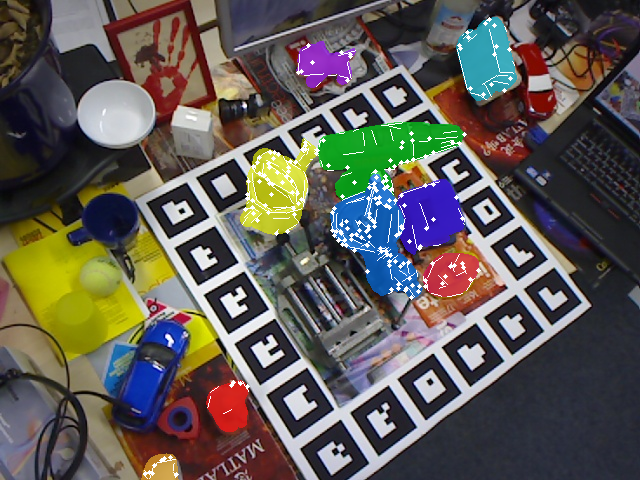CvxPnPL was (finally) accepted for publication at the Journal of Mathematical Imaging and Vision
After almost two years going back and forth, my paper “CvxPnPL: A Unified Convex Solution to the Absolute Pose Estimation Problem from Point and Line Correspondences” was finally accepted to the Journal of Mathematical Imaging and Vision. This was the last missing piece to finally conclude my PhD and so now it’s just a matter of wrapping up the thesis and defending things1.
In case you haven’t read the paper, CvxPnPL is a Perspective-N-Points-and-Lines method, i.e., it’s a PnP method that can also work with line correspondences. In layman terms, given 2D-3D point and lines correspondences in an image and a previously supplied 3D model, CvxPnPL will estimate an optimal pose for your object with respect to the camera, that can best explain the correspondences you provided as input.
 The beauty of it comes from the fact that the convex formulation used, makes it very simple to verify a posteriori, if the solutions produced are in fact global optima, which is a “nice to have” thing.
The beauty of it comes from the fact that the convex formulation used, makes it very simple to verify a posteriori, if the solutions produced are in fact global optima, which is a “nice to have” thing.
If you have a problem where something like this could come in handy, CvxPnPL is readily available through PyPI. Just call
pip install cvxpnpl
from within your python environment and take it for a spin. There are some very simple examples in the official repo, that show how to use the solver and help to better understand the API expectations.
Feel free to open a new discussion on GitHub in case you have questions.
-
Famous last words. ↩

Comments